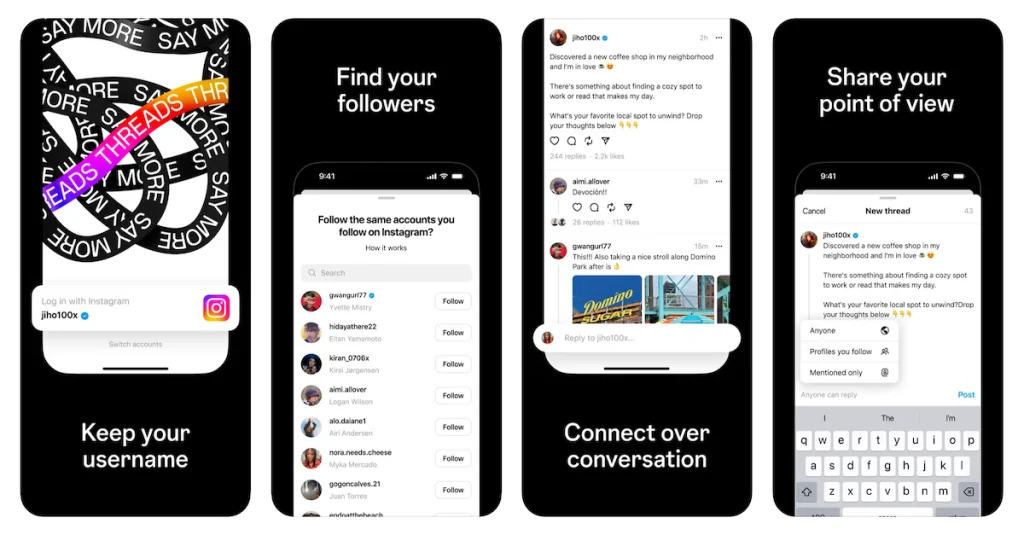
Threads in Media: Weaving Narratives That Bind Us
Media has always played a pivotal role in shaping societal perceptions, influencing decisions, and establishing norms. At its core, the media we consume is like a vast tapestry of threads, each narrative strand intertwining with others to form the greater story of our times. In this article, we delve into the essence of these threads, examining their impact, evolution, and significance in the contemporary media landscape.
The Evolution of Narrative Threads
From early radio broadcasts to the multimedia conglomerates of today, the structure of media narratives has undergone significant transformation. Initial broadcasts were linear, with a clear beginning, middle, and end. However, as technology evolved, so did narrative formats.
The introduction of television brought serialized stories, allowing for intricate plot developments over extended periods. With the digital age, these threads became even more complex. Streaming platforms, podcasts, and web series have given creators the liberty to explore non-linear storytelling, presenting threads that audiences can pull at their own pace.
Regardless of the medium, the essence remains: a compelling narrative thread is what keeps audiences engaged, returning for more, and invested in the outcome.
Media Threads and Societal Impact
The threads we see in media are often reflective of societal values, challenges, and aspirations. They influence and are influenced by the zeitgeist of the times. For instance, television shows from the 1960s often mirrored societal norms of that era, while contemporary shows address modern dilemmas, from identity politics to technological advancements.
These narrative threads not only entertain but also educate, challenge, and sometimes even alter perceptions. They become conversation starters, fostering discussions that might not have occurred in their absence.

The Art of Weaving Threads in Media
Creating a captivating narrative thread requires a deep understanding of the audience, the zeitgeist, and the medium. It’s about identifying relatable themes and presenting them in unique, engaging ways. The rise of user-generated content, for instance, has democratized media, allowing for a myriad of voices and threads to emerge from corners previously unheard.
Furthermore, in a world of information overload, it’s the strength of these threads that determines if a piece of media stands out or gets lost in the crowd. Strong narrative threads are those that resonate, provoke thought, and elicit emotion.
Successful media creators, be it filmmakers, journalists, or podcasters, are those who master the art of weaving these threads, ensuring their audience remains hooked from start to finish.
Threads in the Age of Digital Media
With platforms like Twitter, narratives are often condensed into threads, a series of connected tweets that provide deeper insights or tell stories. This format, while concise, has given rise to a new form of digital storytelling, where each tweet is a mini narrative, contributing to the larger thread.
Similarly, on platforms like Reddit or Quora, users create threads to discuss topics, share experiences, or seek advice. These threads, driven by community engagement, represent the collective consciousness of the digital age, where everyone has a voice, and every voice matters.
